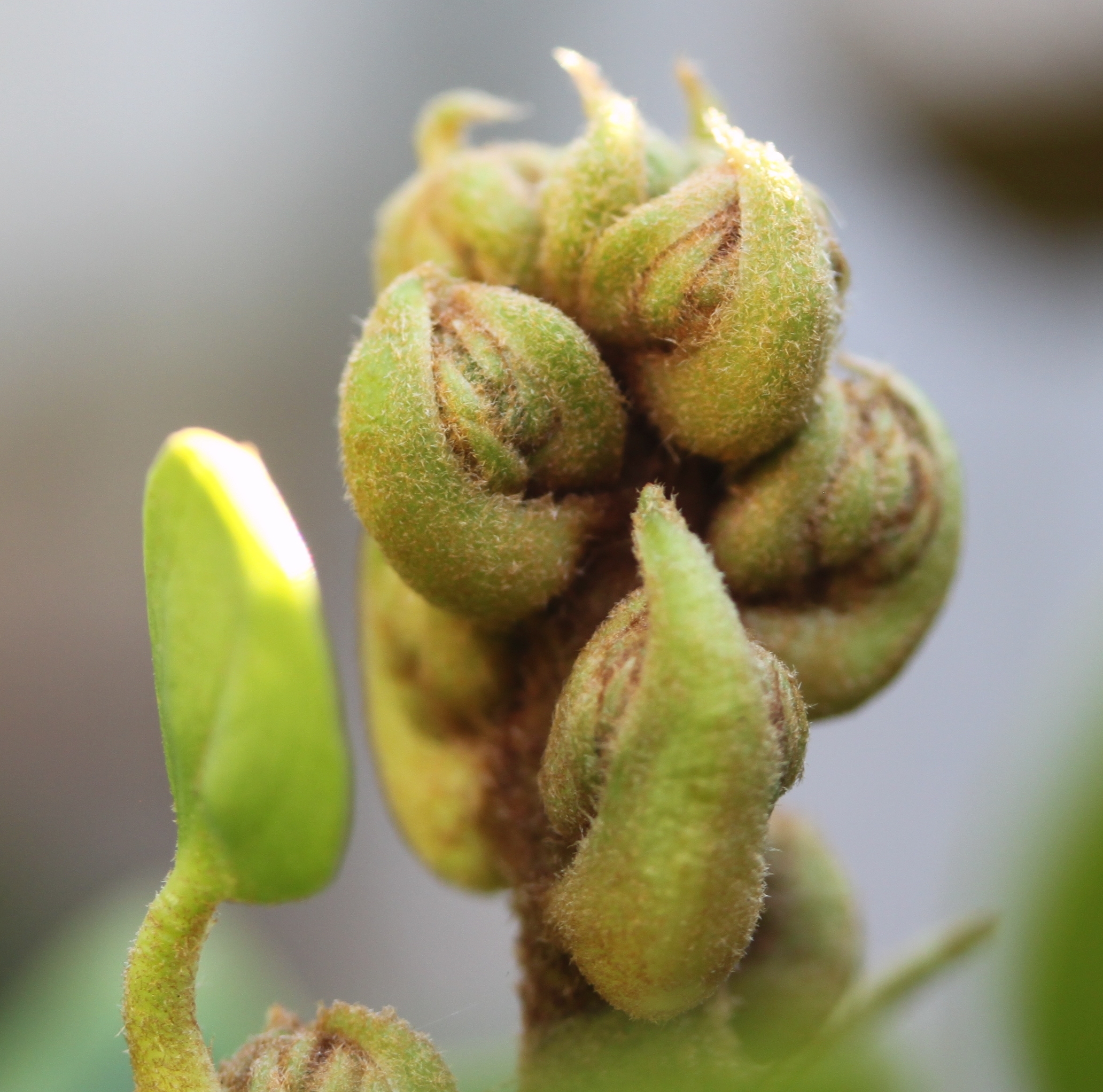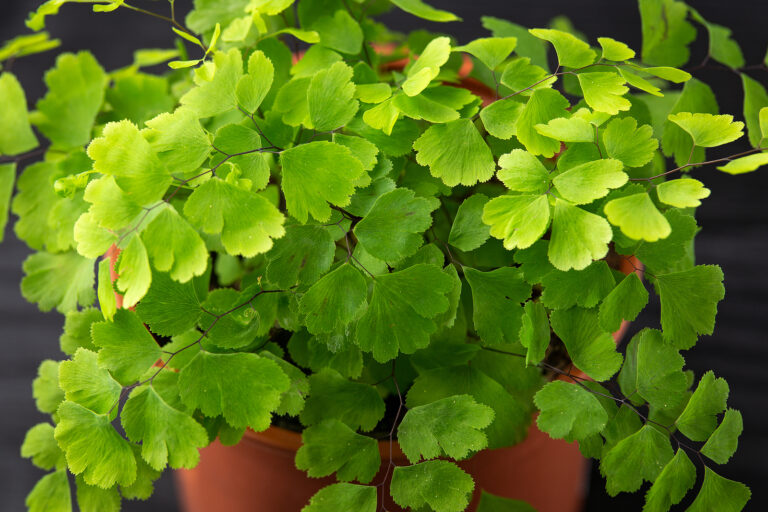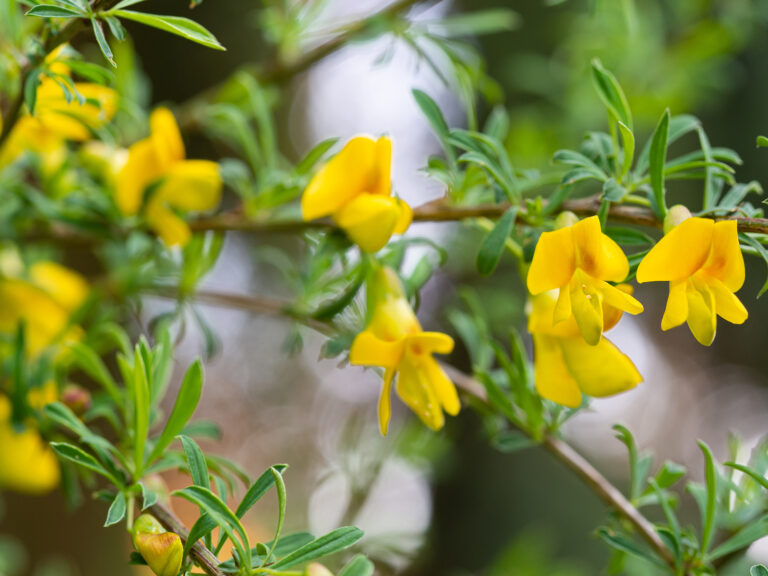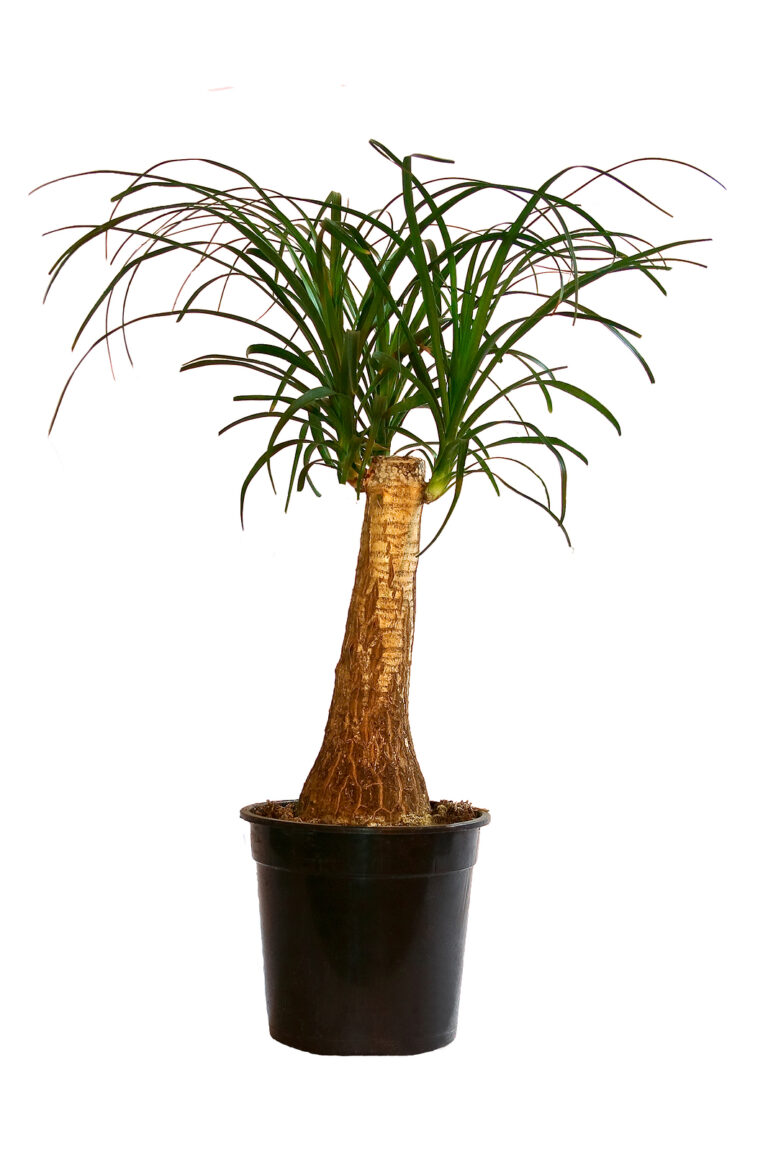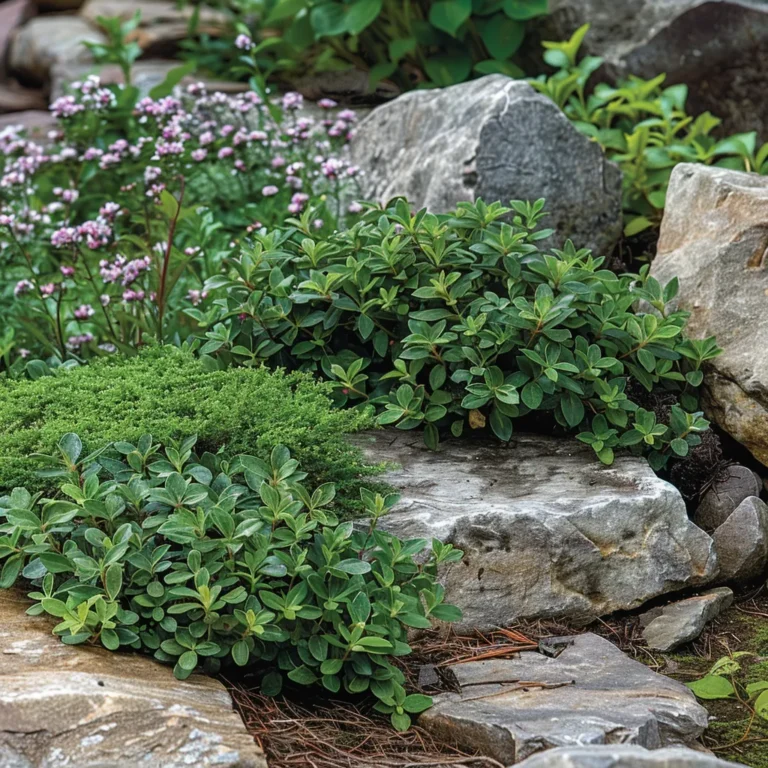How to Grow Tree Ivy — Fatshedera
Fatshedera is a large-leaved evergreen shrub. It is a hybrid between Japanese aralia (Fatsia japonica) and English ivy (Hedera helix), with characteristics of both parents.
Fatshedera has highly polished, 4 to 10-inch-wide leaves with three to five pointed lobes that look like giant ivy leaves. The plant sends out long, trailing, or climbing stems like ivy, though without aerial holdfasts. Fatshedera inherited shrubbiness from Japanese aralia, though its habit is more irregular and sprawling than that of its parent. Several variegated forms exist.
Fatshedera can be grown as a freestanding shrub or trained against a wall. It does not require pruning except to control growth; you may want to grow it in a container to overwinter as a houseplant. Fatshedera seems to suffer more from late frosts than from winter cold. Give it protection from hot, drying winds.
Fatshedera is a bigeneric hybrid; the only plant in its genus.
Get to know Fatshedera
- Plant type: Evergreen shrub
- Growing zones and range: Zones 8-11
- Hardiness: Half-hardy; leaves are injured at 15°F/-9°C, tender new growth at 20° to 25°F/-7° to -4°C.
- Temperature: Day, 55° to 70°F (13° to 21°C); night, 40° to 55°F (4° to 13°C). Maintain an average room temperature and medium humidity.
- Height and width: Only thicker and wider. 4 to 6 feet (1.2-2m) tall with woody stems that bear long-stalked leaves the leaves are glossy green, 10 feet (3m) wide.
- Foliage: Palmately 5- or 7-lobed, dark, lustrous green leaves 4 to 10 inches (10-25cm) long
- Flowers: Small greenish-white flowers
- Bloom time: Autumn
- Uses: Shade garden, climbing plant, houseplant
- Common name: Aralia ivy, botanical wonder, tree ivy.
- Botanical name: x Fatshedera
- Family name: Araliaceae
- Origin: Bigeneric hybrid genus from Fatsia and Hedera
Where to plant Fatshedera
- Light outdoors: Full sun or partial shade
- Light indoors: Filtered bright to moderate light, with some direct sun, from eastern, western, or southern exposure. Give botanical wonder bright to direct light or grow it under fluorescent light.
- Soil outdoors: Fertile, humus-rich, well-drained soil
- Soil indoors: all-purpose mix. All-purpose soil mix.
- Fatshedera seems to suffer more from late frosts than from winter cold. Give it protection from hot, drying winds.
When to plant Fatshedera
- Set Fatshdera outdoors in spring or autumn.
Planting and spacing Fatshedera
- Space Fatshedera 10 feet (3m) apart.
How to water and feed Fatshedera
- Water: Keep the soil evenly moist. Let F. lizei ‘Variegata’ dry slightly between waterings. Mist twice daily. Optimal humidity is 45% to 55%. Let the soil dry slightly between thorough waterings; leaves may drop if the soil is too wet or too dry.
- Feeding: Fertilize Fatshedera monthly during growing season, with mild liquid fertilizer.
Fatshedera care
- Fatshedera tends to grow in a straight line, but it can be shaped if you work at it. Pinch tip growth to force branching. About two or three times a year, guide and tie stems before they become brittle. If plant gets away from you, cut it back to ground; it will regrow quickly. If you use it as ground cover, cut back vertical growth every 2 to 3 weeks during growing season.
- Stake Fatshedera if the plant becomes heavy and droops under its own weight.
- Pinch the leaves back to maintain a bushier appearance.
Growing Fatshedera as a houseplant
- Give Fatshedera bright to direct light or grow under fluorescent light.
- Maintain an average room temperature and medium humidity.
- Let the soil dry slightly between thorough waterings; leaves may drop if the soil is too wet or too dry.
- Fertilize regularly in spring and summer
Fatshedera pests and diseases
- Check for aphids, mealybugs, spider mites, scale. Botanical wonder may be attacked by aphids, mealybugs, scale insects and spider mites.
Fatshedera propagation
- By air layering or stem cuttings. Propagate from woody stem cuttings and repot in an all-purpose soil mix.
- Propagate from softwood cuttings or heel cuttings.
Fatshedera varieties to grow
- Fatshedera lizei, aralia ivy. A hybrid between plants in two genera—Hedera (ivy) and Fatsia—the sole species in this genus; useful for its dramatic foliage and dual nature as a shrub or climber; grows 4 to 8 feet (1.2 to 2.4 m); has leathery, waxy, green leaves and stems; grows in a shrubby form but with climbing stems. reaching from
- F. lizei ‘Variegata’ features creamy white-margined leaves.

